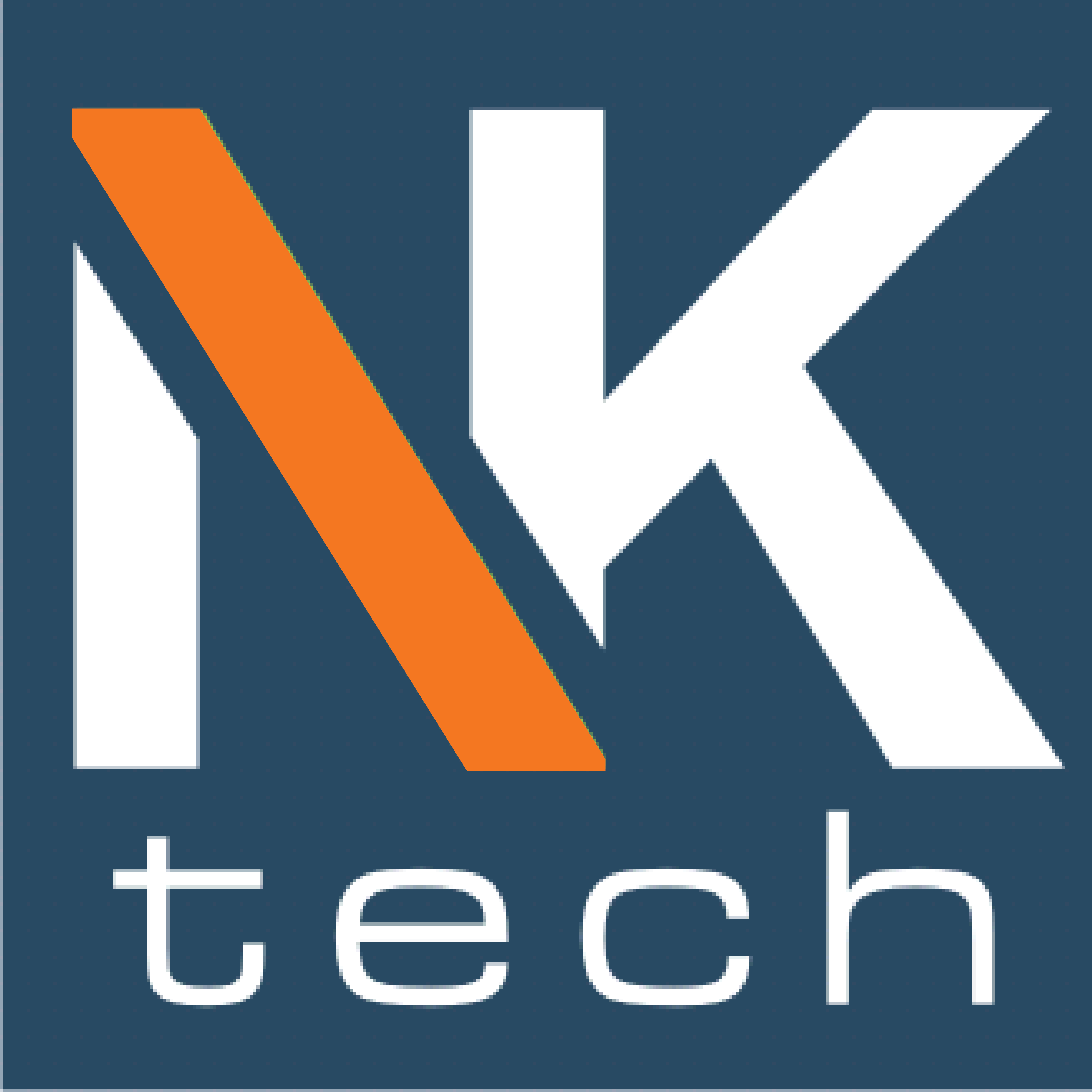SMO
Social media optimization (SMO) is the use of a number of outlets and communities to generate publicity to increase the awareness of a product, service brand or event. Types of social media involved include RSS feeds, social news and bookmarking sites, as well as social networking sites, such as Facebook, Twitter, video sharing websites and blogging sites. SMO is similar to search engine optimization, in that the goal is to generate web traffic and increase awareness for a website. In general, social media optimization refers to optimizing a website and its content to encourage more users to use and share links to the website across social media and networking sites. SMO also refers to software tools that automate this process, or to website experts who undertake this process for clients.
The goal of SMO is to strategically create interesting online content, ranging from well-written text to eye-catching digital photos or video clips that encourages and entices people to engage with a website and then share this content, via its weblink, with their social media contacts and friends. Common examples of social media engagement are “liking and commenting on posts, retweeting, embedding, sharing, and promoting content”.[1] Social media optimization is also an effective way of implementing online reputation management (ORM), meaning that if someone posts bad reviews of a business, a SMO strategy can ensure that the negative feedback is not the first link to come up in a list of search engine results.
In the 2010s, with social media sites overtaking TV as a source for news for young people, news organisations have become increasingly reliant on social media platforms for generating web traffic. Publishers such as The Economist employ large social media teams to optimise their online posts and maximise traffic, while other major publishers now use advanced artificial intelligence (AI) technology to generate higher volumes of web traffic.
Relationship with viral marketing
Social media optimization is in many ways connected to the technique of viral marketing or “viral seeding” where word of mouth is created through the use of networking in social bookmarking, video and photo sharing websites. An effective SMO campaign can harness the power of viral marketing; for example, 80% of activity on Pinterest is generated through “repinning.” Furthermore, by following social trends and utilizing alternative social networks, websites can retain existing followers while also attracting new ones. This allows businesses to build an online following and presence, all linking back to the company’s website for increased traffic. For example, with an effective social bookmarking campaign, not only can website traffic be increased, but a site’s rankings can also be increased. In a similar way, the engagement with blogs creates a similar result by sharing content through the use of RSS in the blogosphere and special blog search engines. Social media optimization is considered an integral part of an online reputation management (ORM) or search engine reputation management (SERM) strategy for organizations or individuals who care about their online presence.
Social media optimization is not limited to marketing and brand building. Increasingly, smart businesses are integrating social media participation as part of their knowledge management strategy (i.e., product/service development, recruiting, employee engagement and turnover, brand building, customer satisfaction and relations, business development and more). Additionally, social media optimization can be implemented to foster a community of the associated site, allowing for a healthy business-to-consumer (B2C) relationship.
